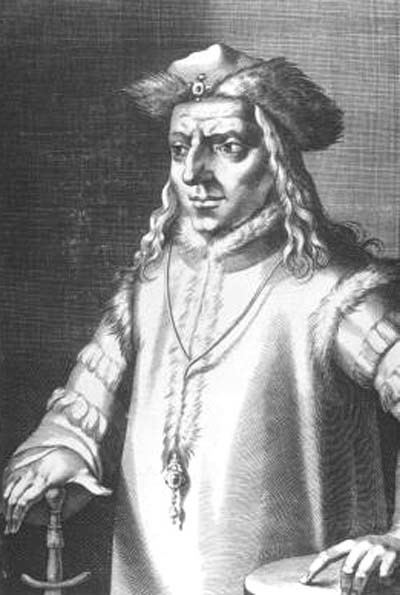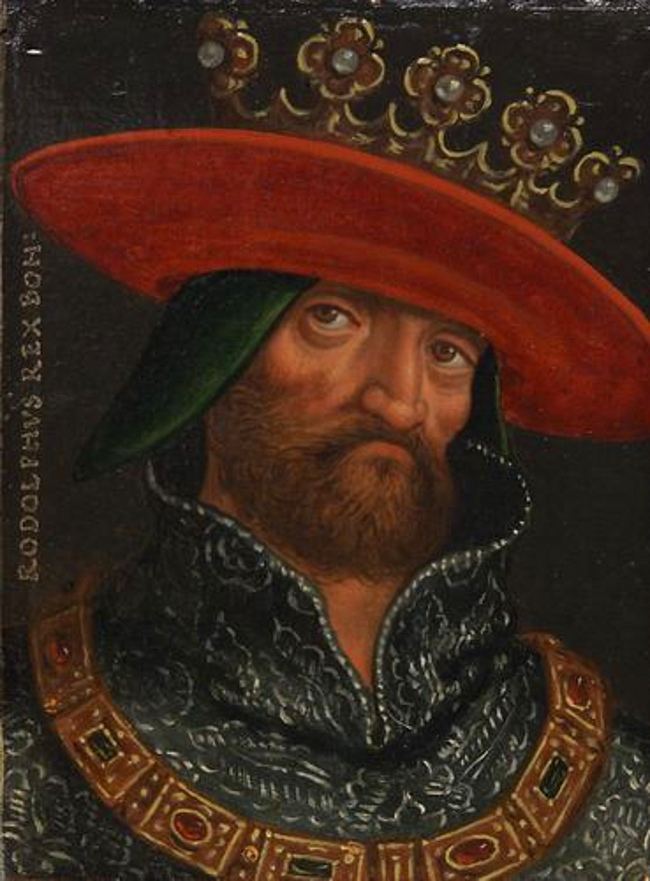Reign 1306 – 3/4 July 1307 Successor Albert I | Successor Henry of Carinthia Name Rudolf of Reign 1298 – 3/4 July 1307 | |
 | ||
Rudolf of Habsburg (Czech: Rudolf Habsburský; c. 1282 – 3/4 July 1307) was Duke of Austria and Styria (as Rudolf III) from 1298 as well as King of Bohemia and titular King of Poland (as Rudolf I) from 1306 until his death.

Life
Rudolf was the eldest son of the Habsburg duke Albert I of Austria and his wife Elizabeth of Gorizia-Tyrol. Upon the election of his father as King of the Romans, sixteen-year-old Rudolph was vested as a co-ruler with the Austrian and Styrian hereditary lands of the Habsburg dynasty. According to the Rheinfelden order of succession, Rudolf acted as ducal regent on behalf of his younger brothers Frederick the Fair and Leopold I.
On May 25, 1300, King Albert I arranged his marriage with the Capetian princess Blanche, a daughter of King Philip III of France by his second wife Marie of Brabant. The intended union with the French House of Capet however failed as the couple's son and daughter died young and Blanche herself died in 1305. Rudolf accompanied his father on his 1304 expedition against King Wenceslaus II of Bohemia, who had placed his son Wenceslaus III on the Hungarian throne after the Árpád dynasty died out in 1301 with the death of King Andrew III.
Another opportunity for a Habsburg gain in power opened when in 1306 King Wenceslaus III, the last Bohemian ruler of the Přemyslid dynasty, was killed and Albert I as rex Romanorum was able to seize his kingdom as a reverted Imperial fief. Rudolph was vested with the Bohemian throne, however contested by his maternal uncle Henry of Gorizia, Duke of Carinthia and husband of Wenceslaus' sister Anne. When several Bohemian nobles elected Henry King of Bohemia, Albert I placed his brother-in-law under the Imperial ban and marched against Prague. Henry fled, first to Bavaria, then back to his Carinthian homelands. To further legitimate the Habsburg claims to the Bohemian and the Polish throne, Albert had Rudolph married to Princess Elizabeth Richeza of Poland, a member of the Piast dynasty and widow of the predeceased King Wenceslaus II.
Mocked as král kaše ("king porridge") for his stomach problems, Rudolf was rejected by several Bohemian nobles, who continued to hold out for Henry. His aims to take hold of the silver deposits at Kutná Hora (Kuttenberg) sparked a rebellion led by the noble House of Strakonice. The king besieged the rebel fortress of Horažďovice, but died at the campsite in the night of 3 to 4 July 1307, probably of gastrointestinal perforation.
As Rudolf left no children, the first grab of the Habsburgs for the Crown of Saint Wenceslas failed when the Bohemian nobles restored Henry as king in return for a charter of privileges, who in turn had to renounce the throne in favour of Count John of Luxembourg three years later. Instead Rudolph's enfeoffment intensified the inner Habsburg inheritance conflict, culminating in the assassination of King Albert I by his nephew John Parricida in 1308.
Rudolph is buried at the St. Vitus Cathedral in Prague.
